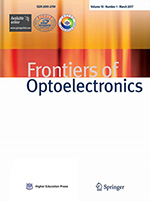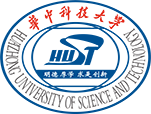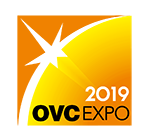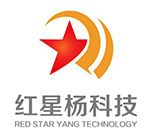Symposium 01: Structured Light: Fundamentals and Applications
DATE: 9/10/2019
Symposium 01
Structured Light: Fundamentals and Applications
Organizers
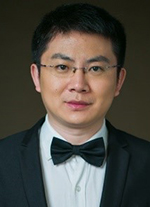 |
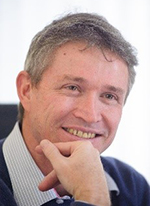 |
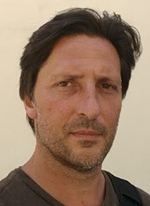 |
| Jian Wang Wuhan National Laboratory for Optoelectronics, Huazhong University of Science and Technology, China |
Andrew Forbes University of the Witwatersrand, South Africa Huazhong University of Science and Technology, China |
Filippo Capolino University of California, Irvine, USA |
Beyond the traditional physical dimensions of lightwaves such as complex amplitude, time, frequency and polarization, the spatial structure, the only known physical dimension left, has attracted increasing interest in recent years. Tailoring the spatial structure of lightwaves produces structured light, also known as tailored light, shaped light, sculpted light or custom light. Structured light with spatially variant amplitude, phase and polarization has grown into a significant field, giving rise to many developments in optical manipulation, microscopy, imaging, metrology, sensing, astronomy, nonlinear interactions, quantum science and optical communications. This symposium aims to explore the fundamentals and applications of structured light including but not limited to:
• Basic theories and fundamental properties of structured light
• Spin angular momentum (SAM), orbital angular momentum (OAM), spin-orbital interaction
• Various kinds of structured light (OAM beam, Laguerre-Gaussian beam, Hermite-Gaussian beam, Bessel beam, Airy beam, vector beam, etc.)
• Comparison of different structured light
• Structured light in complex medium (free space, underwater, fiber, etc.)
• Devices and techniques for structured light generation, manipulation and detection
• Metasurfaces, sub-wavelength structures, photonic integrated circuits shaping structured light
• Structured light enabled applications (manipulation, trapping, tweezer, microscopy, imaging, sensing, astronomy, nonlinear interactions, quantum science, optical communications, etc.)
Invited Speakers
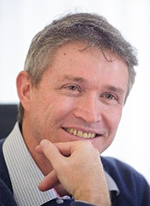 |
Andrew Forbes, University of the Witwatersrand, South Africa & Wuhan National Laboratory for Optoelectronics, Huazhong University of Science and Technology, China Title: Structured light in turbulence Abstract: When structured light passes through atmospheric turbulence the amplitude, phase and polarisation structure changes, a severe problem in mode division multiplexing over free space. In this talk I will review our present understanding of classical and quantum light through turbulence, with particular emphasis on whether there exists a resilient set of structured light modes. |
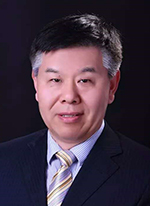 |
Jianlin Zhao, Peng Li, Northwestern Polytechnical University, China Title: Polarization manipulation of spatially structured light fields in longitudinal direction Abstract: Polarization singularities, an important branch of singular optics, has attracted considerable amount of research interesting. Here, we discuss the transformation of polarization singularities in the longitudinal direction, and propose several methods to achieve longitudinal manipulation of polarization. |
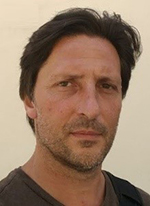 |
Filippo Capolino, University of California, USA Title: Structured light for optical magnetic and chiral microscopy Abstract: Magnetic nanoprobes use structure light and magnetic nanoantennas to enhance magnetic nearfield. They can be used also to enhance chirality detection in conjunction to the new concept of maximum helicity bound applied to structured light. Detection mechanisms based on scattering and photoinduced force will be discussed. |
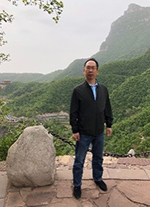 |
Yangjian Cai, Soochow University, China & Shandong Normal University, China Title: Manipulating the coherence structure of light beam and its applications Abstract: Manipulating the coherence structure of light beam will induce many extraordinary phenomena, such as self-focusing, self-shaping, self-splitting and super-strong self-reconstruction. In this talk, I will introduce recent progress on light beams with prescribed coherence structure and their applications. |
 |
Mo Mojahedi, University of Toronto, Canada Title: Longitudinally structured light: how to engineer the light along its axis of propagation Abstract: In this talk I will show that it is possible to engineer “at will” the intensity value, intensity pattern, polarization, wavelength, and local orbital angular momentum of a light beam along its axis of propagation. |
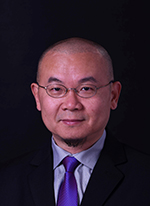 |
Ting Mei, Northwestern Polytechnical University, China Title: Manipulation of light field on plasmonic nanotips and its applications Abstract: We present a new scheme for background-free intense nanofocusing light source, which is highly demanded for spectroscopy with spatial super-resolution. In this scheme, the light field mode is reconfigured in optical fiber to enable plasmonic nanofocusing at the apex of a metal-coated fiber tip. |
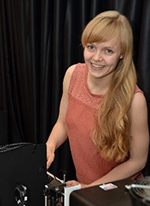 |
Eileen Otte, University of Muenster, Germany Title: Customized singular light fields - from polarization structured to fully-structured light Abstract: Within this talk, an insight into cutting-edge structured singular light is given. We outline the spatial customization of polarization and its on-demand combination with amplitude and phase modulation pioneering fundamental singular and applied optics. |
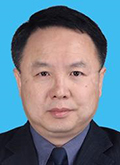 |
Baoli Yao, Xi’an Institute of Optics and Precision Mechanics, Chinese Academy of Sciences, China Title: Three-dimensional optical microscopy based on optical field modulation Abstract: A structured illumination microscope for 3D optical sectioning imaging and a light sheet microscope based on scanning of Bessel beam were built, and their performances and applications in 3D imaging of biological specimens are introduced. |
 |
Carmelo Rosales-Guzmán, Harbin University of Science and Technology, China Title: Laser remote sensing with complex light fields Abstract: In this talk I will speak about the use of structured light to measure directly the transverse velocity component. Secondly, I will show how it can be used to determine fluid vorticity. Finally, I will present a novel technique to measure simultaneously the transverse and longitudinal velocity components. |
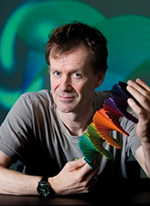 |
Miles Padgett, University of Glasgow, UK Title: Deep-Learning optimised single pixel LiDAR Abstract: Using deep-learning we design optimum patterns for projecting to a scene and use single-pixel, time-of-flight, detection of backscattered light to obtain 3D images. This approach makes optimum use of the photons available and gives LiDAR images without need for optical scanning. |
 |
Andrea Galtarossa, University of Padova, Italy Titie: Few mode fibers: modeling and characterization Abstract: The talk focuses on the analysis of the influence that perturbations like birefringence and ellipticity may have in mode coupling in few mode fibers and on some preliminary characterization based on reflectometric techniques. |
| Jie Liu, Sun Yat-sen University, China Title: Using OAM modes for high speed optical fibre communications Abstract: This talk will present the key physical concepts, device, and optical fibres that enable high capacity optical communications based on orbital angular momentum mode division multiplexing, demonstrating how structured light can enable novel architectures that address key concerns of future optical fibre communication systems. |
|
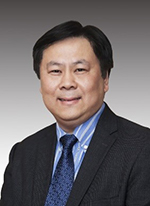 |
Xiaocong Yuan, Shenzhen University, China Titie: Singular optical beam multiplexing communication towards high performance computing applications Abstract: The singular optical beams, referring to the orbital angular momentum and cylindrical vector beam, provide a new degree of freedom for multiplexing optical communication. Here, we review our recent work about the singular optical beams multiplexing for free-space, optical fiber and integrated optical communication towards applications in high performance computing (HPC). |
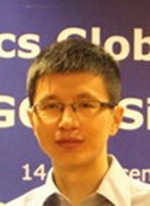 |
Zhaohui Li1, Shecheng Gao2, Jiajing Tu2, 1. Sun Yat-sen University, China; 2. Jinan University, China Titie: High-order orbital angular momentum mode generation and switching in few mode fiber Abstract: Orbital angluar momentum (OAM) mode generation and switching in fiber is vital for optical fiber network based on OAM mode-division multiplexing. Here, we report the generation and switching of high-order guided OAM modes in few mode fiber. |
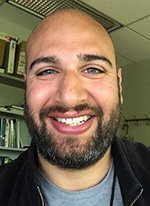 |
Giovanni Milione, NEC Laboratories America Inc., USA Titie: MIMO-less mode division multiplexing and machine learning based spatial mode analysis Abstract: In this talk, I will review the use of mode division multiplexing over elliptical core optical fibers, which precludes the need for multiple input multiple output digital signal processing (MIMO-less), and has applications in high-speed, short-reach optical fiber communication. Additionally, I will show how machine learning and a conventional camera can be used to analyze spatial modes, precluding the need for more complex optical elements, such as, spatial light modulators. |
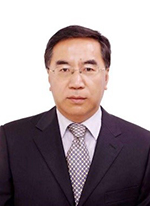 |
Chunqing Gao, Shiyao Fu, Beijing Institute of Technology, China Title: Atmospheric turbulence compensation of structured beams Abstract: In this talk we discuss the atmospheric turbulence compensation of structured beams. Several methods of turbulence compensation of structured beams are introduced, including non-probe compensation, pre-turbulence compensation based on a probe and G–S algorithm, etc. |
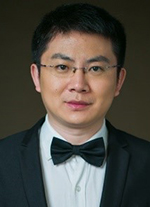 |
Jian Wang, Wuhan National Laboratory for Optoelectronics, Huazhong University of Science and Technology, China Title: Structured light for communications: devices and applications Abstract: Structured light with spatially variant amplitude, phase and polarization has recently attracted increasing interest in versatile applications, especially in optical communications. In this talk, we will review recent advances in structured light for communications in different scenarios (free space, underwater, fiber). Fundamentals, devices, techniques, applications and future perspectives will be discussed. |
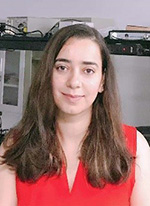 |
Hend Sroor, University of Shanghai for Science and Technology, China Title: Structured light from lasers Abstract: Can lasers be engineered to output any desired optical field? In this talk we will explore intra-cavity control of light’s degrees of freedom to generate structured light directly from a laser. |
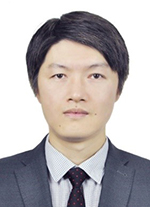 |
Limin Xiao, Fudan University, China Titie: Optical fiber microtip-based Bessel-like beam generation Abstract: We present a novel and efficient approach to generating Bessel-like beams through fabricating self-growing polymer microtips at the facet of single mode fibers, which provides an effective, low-cost, and ultra-compact way for Bessel-like beams generation. |
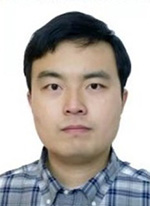 |
Jinwei Zeng, Wuhan National Laboratory for Optoelectronics, Huazhong University of Science and Technology, China Titie: Mapping the nano-magnetics of light through subtle optical forces Abstract: Optical magnetism is a tangalizing light-matter interaction that is difficult to reveal but important to exploit. We investigate the optical magnetism through detecting the magnetic force of light on a magnetic nanoprobe magnetically excited by structured light. |

